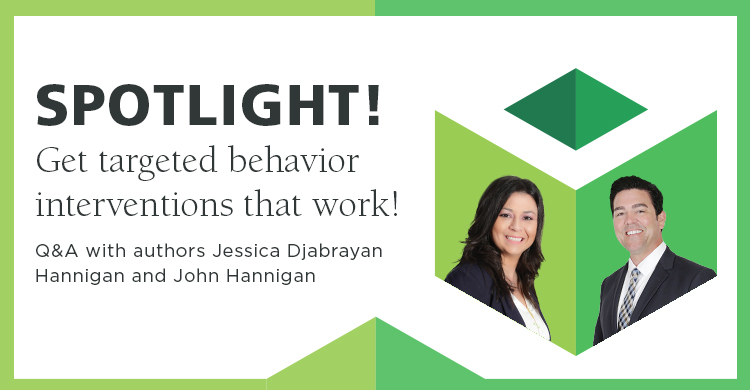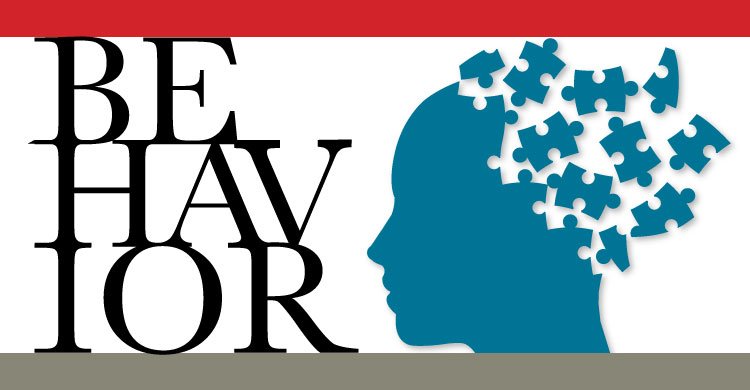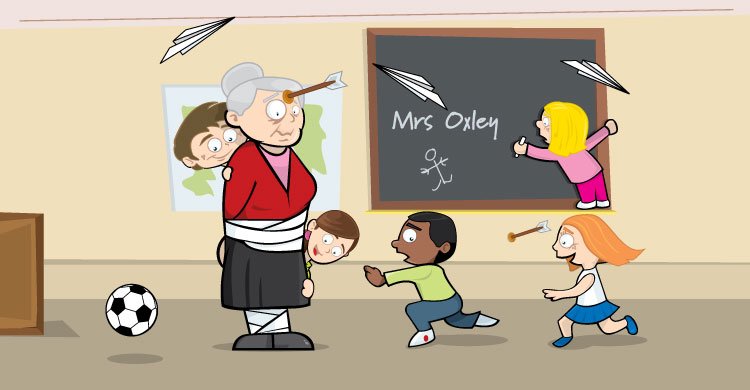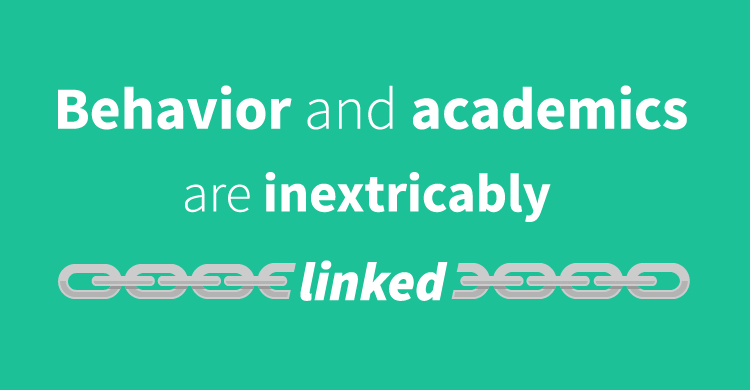Book Spotlight! Get targeted behavior interventions that work!
Get the inside scoop on Behavior Academies in this insightful Q&A with authors Jessica Djabrayan


Get the inside scoop on Behavior Academies in this insightful Q&A with authors Jessica Djabrayan

If your staff accepts that behavioral skills are as important as academic skills… If your

Based on Behavior: The Forgotten Curriculum Behavioral skills are as important as academic skills for

When we decided to become teachers, for the most part, we understood our quest. We

In part one of this blog, I articulated how important the teacher team leader is